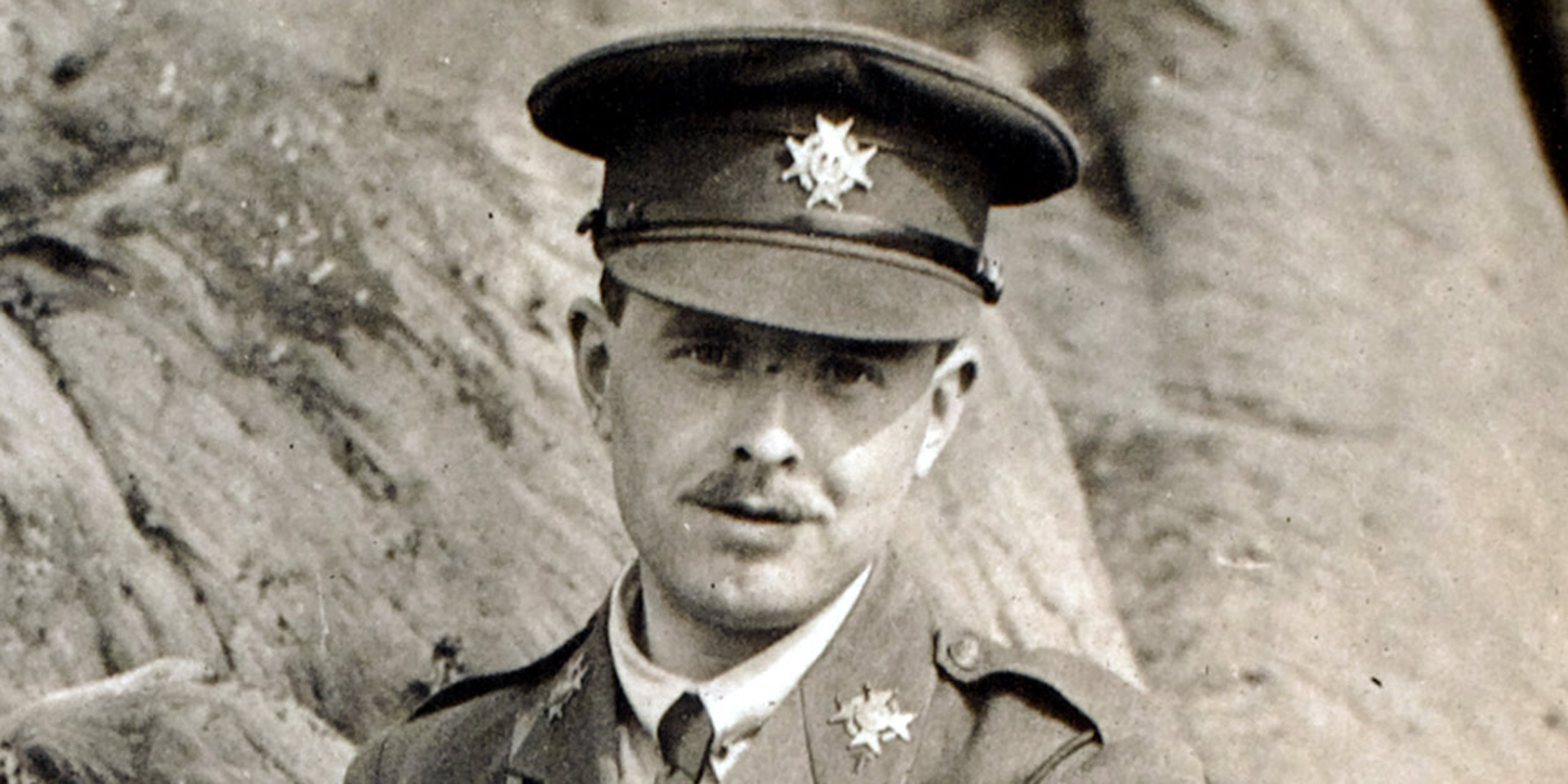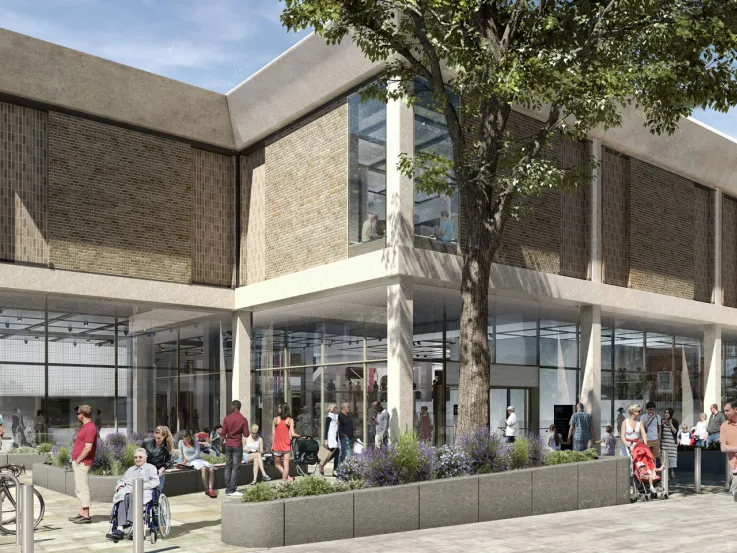100 years since first front line blood transfusion
A hundred years ago today, on 28 July 1917, Second Lieutenant Cyril Edwards became the first officer to undergo and survive a blood transfusion at a front-line hospital after his foot was blown off by a grenade. This was to become one of the many advancements in modern medicine during the First World War.
Edwards was leading a mission to cut enemy wire in no-man’s land near Bullecourt, France, when his men came under grenade attack. The first grenade was caught by Edwards and thrown back, the second fell a short distance away, but the third landed among his men. Edwards acted quickly and selflessly, stamping the grenade into the ground, saving the lives of his men but shattering his leg.
Taken back to safety by his men, Edwards reported the information he gathered on the enemy line. However, he was far more seriously injured than his resolve suggested. He suffered such severe bleeding from his wound that, when he arrived at the front-line hospital, his heart had almost stopped.
In charge at the hospital was Arthur Rendle Short, a doctor interested in the early experimental blood transfusions that had been conducted at base hospitals. Rendle Short quickly realised he needed to improvise. Despite there being little research on blood groups and incompatibilities, or blood banks, he selected a donor, bringing him alongside Edwards and cutting into both mens’ arms, transferring the blood using a tube and needles. Rendle Short was to later write: ‘It is one’s principle joy in life, almost, to see patients one cares about get better.’
Experimental procedures on the front line were not unusual during the First World War as medicine had to keep up with the scale and severity of injuries caused by trench warfare. Part of the problem for Edwards and Rendle Scott had been that blood did not keep. Captain Oswald Robinson provided a breakthrough in 1917 when he found you could mix blood with sodium citrate to prevent it congealing. It, therefore, could be stored.
Other modern medical tools and methods were developed during the First World War. Triage, a system of managing casualties by their severity, was introduced in 1914 to speed up the treatment of wounded men. The Thomas splint, introduced in 1915, revolutionised the treatment of broken and fractured bones. The number of men dying from compound fractures fell from 87 per cent to eight per cent in just two years. The use of Iodine on wounds to control infection and the removal of dead tissue from wounds also increased survival rates.
The army wanted to return soldiers who were unfit for service to civilian life as healthy and active as possible, and once strong enough Edwards returned to London. He received a prosthetic leg, which he watched being made, from 'Rowley’s "Leg Shop"' in 1918.
Dr Matthew Thomas, curator of Battle gallery, said:
'Edwards' ground breaking treatment and survival proves how medicine developed quickly to deal with the scale of casualties and new types of injuries of the World War. This is something that we explore within the Battle gallery through medical kits, splints, antibiotics and the story of Edwards himself.'
Notes for editors
For more information, please contact the National Army Museum press office at pr@nam.ac.uk or 020 7881 2433.
Second Lieutenant Cyril George Edwards
Cyril George Edwards was born in Holborn, London on 21 April 1893, growing up above his father’s shop at 62 Marchmont Street.
He arrived in France on 5 May 1917 as a second lieutenant in the 2/7th West Yorkshire Regiment, working as a bombing officer. At the beginning of June 1917 he was moved to the brigade bombing school to work as an instructor, before returning to front-line duties on 4 July. He was tasked with leading a series of trench raids against the enemy line, but also carried out several reconnaissance patrols. It was during one of these he was wounded on 28 July 1917.
After receiving treatment by Rendle Short for his wounds, Edwards was moved to the Red Cross hospital in Rouen until he was able to return to England. He was awarded the Distinguished Service Order for the gallantry he had shown in smothering the grenade.
In 1918 he returned to London and re-joined the family business in Bloomsbury, which he took over managing in 1943. In 1920 he married his sweetheart Alice Adela Aida De Braga.
Cyril George Edwards died in Eastbourne, Sussex, aged 85 in September 1978.
National Army Museum
The National Army Museum is the leading authority on the history of the British Army. Founded in 1960 by Royal Charter and established for the purpose of collecting, preserving and exhibiting objects and records relating to the Land Forces of the British Crown it is a museum that moves, inspires, challenges, educates and entertains.
The Museum tells the story of the British Army, the personal experiences of the soldiers who have served and connects the British public and its Army demonstrating how the role of the Army and its actions are still relevant today.
Heritage Lottery Fund
Thanks to National Lottery players, we invest money to help people across the UK explore, enjoy and protect the heritage they care about - from the archaeology under our feet to the historic parks and buildings we love, from precious memories and collections to rare wildlife.
For more information, please contact Katie Owen, HLF press office, on tel: (020) 7591 6036 out of hours mobile: 07973 613820.


